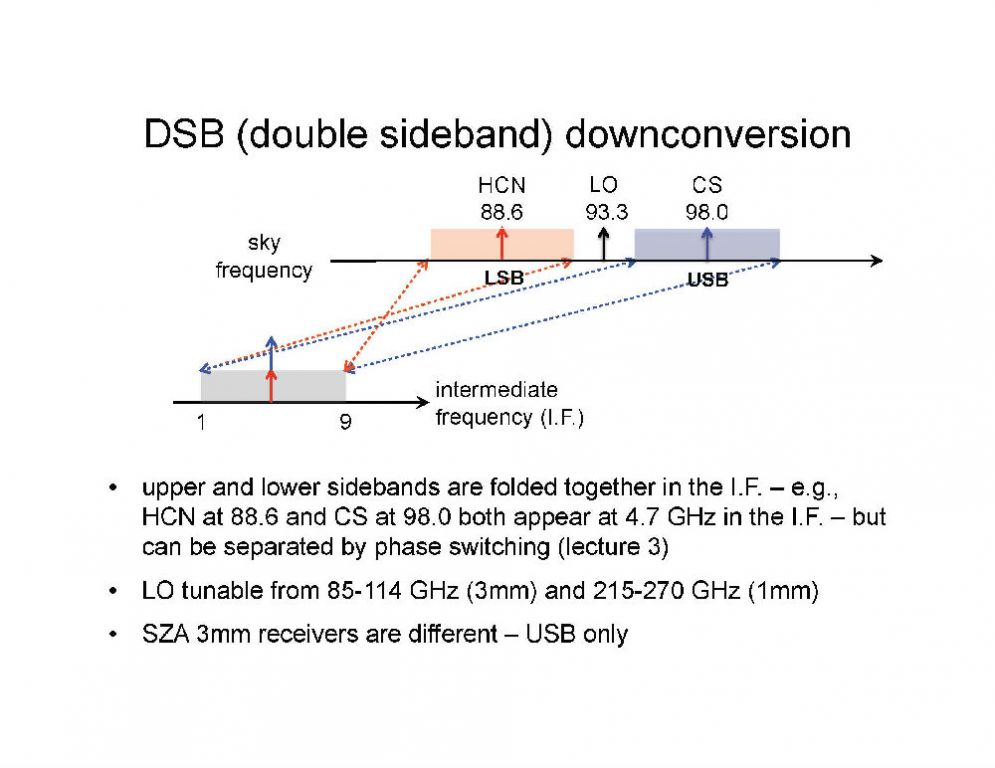博文
学习日志
|||
20140919
重置插图计数器的时候
setcounter{figure}{1}
要放在chapter{}
后面,要不然会被重置为0。喵了个咪的!
20140809
ALFALFA的等效积分时间是40秒。
20140806
脉冲星星表
http://www.atnf.csiro.au/research/pulsar/psrcat/
20140725
下载CGPS数据
wget --content-disposition -i cadcUrlList.txt
20140712
splatalogue的不同分子(能带)是用sid[]=xx来区分的,不同的xx代表不同的分子(能带)。
CI是125
CO(v=0)是204
C$^{17}$O是226
20140628
GBT谱线搜寻
http://www.cv.nrao.edu/~aremijan/PRIMOS/abstract.html

20140213
20130926


20130925
CARMA观测脚本
http://cedarflat.mmarray.org/observing/scripts/
20130922
20130919
and $^{13}$CO center velocities is strong (Li & Goldsmith 2003). Hence, the vH parameter is held fixed for each velocity component. The TF estimates obtained from $^{12}$CO do not carry as much confidence (as discussed in the next section); however, the temperature is still kept as a fixed parameter during our fit. For optically thin spectral lines such as HINSA the temperature cannot sufficiently constrain the shape of the absorption feature to be allowed as a free parameter since a wide range of combinations of temperatures and optical depths would be able to fit the data. Thus the gas temperature must be specified in any fits.
$^{12}$CO emission at the center velocity for each component gives an estimate of the gas temperature for $^{12}$CO under the assumption that the $^{12}$CO emission is optically thick.
20130913
20130910
20130906
20130902
用频率2 MHz的雷达可以探测火星表面下5千米的地层。
行星数据库
JMars
http://jmars.asu.edu/
http://anserver1.eprsl.wustl.edu/
http://www.planetserver.eu/
《射电天文工具》P206
$\kappa_{\nu}=\frac{4}{3}\frac{Z^2 e^6}{c}\frac{N_i N_e}{\nu^2}\sqrt{\frac{1}{2\pi (mkT)^3}}\ln\frac{p_2}{p_1}$
连续谱光深
$\tau_{\nu}=8.235\times 10^{-2}\left(\frac{T_e}{\rm K}\right)^{-1.35}\left(\frac{\nu}{\rm GHz}\right)^{-2.1}\left(\frac{\rm EM}{\rm pc\ cm^{-6}}\right)$
《射电天文工具》P303
复合线光深
$\tau_{\nu}=1.92\times 10^{-3}\left(\frac{T_e}{\rm K}\right)^{-5/2}\left(\frac{\Delta\nu}{\rm GHz}\right)^{-1}\left(\frac{\rm EM}{\rm pc\ cm^{-6}}\right)$
谱线强度和连续谱强度比
$\frac{T_{\rm L}}{T_c}\left(\frac{\Delta v}{\rm km\cdot s^{-1}}\right)=\frac{6.985\times 10^3}{a(\nu,T_e)}\left[\frac{\nu}{\rm GHz}\right]^{1.1}\left(\frac{T_e}{\rm K}\right)^{-1.15}\frac{1}{1+N({\rm He^+})/N({\rm H^+})}$
$1.92\times 10^{-3}/8.235\times 10^{-2}\times 3\times 10^5=6.99\times 10^3$
https://blog.sciencenet.cn/blog-117333-720645.html
上一篇:旅行杂记(九)从昆明北到王家营
下一篇:观测工作日志
全部作者的精选博文
- • 天文与我
- • 观测简介2019-2020
- • 射电天文简介和中性氢观测
- • 作为天线的FAST
- • 金牛座分子云三维结构的探索
- • 观测简介
全部作者的其他最新博文
全部精选博文导读
相关博文
- • Minerals线下恳谈会:履践致远、与时偕行——对话中国科学院广州地球化学研究所期刊合作学者
- • 聚英才 建高地 | 北京理工大学“特立青年学者”全球招聘开启
- • 700年后日本或濒临灭绝?日本学者推算预测:届时或仅剩1名15岁以下孩子
- • [转载]【同位素视角】非英语母语学者如何区分’e.g.’, ‘i.e.’, ‘namely’与‘such as’等混淆难题
- • 美国佐治亚大学等机构学者:刈割策略对Bulldog 805紫花苜蓿+Tifton 85狗牙根混播草地产量及品质的影响
- • 美国堪萨斯州立大学、密苏里大学等机构学者研究成果:土壤水分管理策略和品种多样性对紫花苜蓿产量、营养品质和农场盈利能力的影